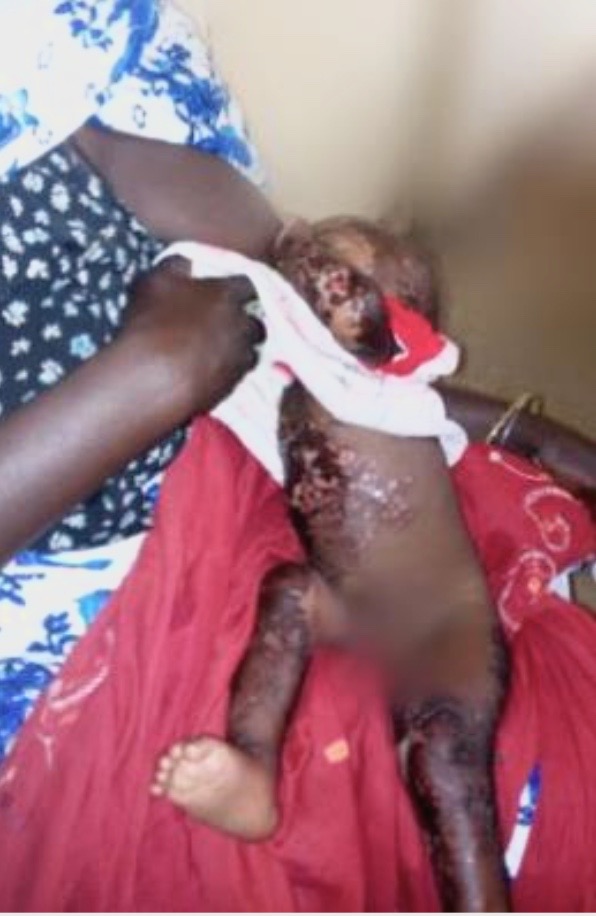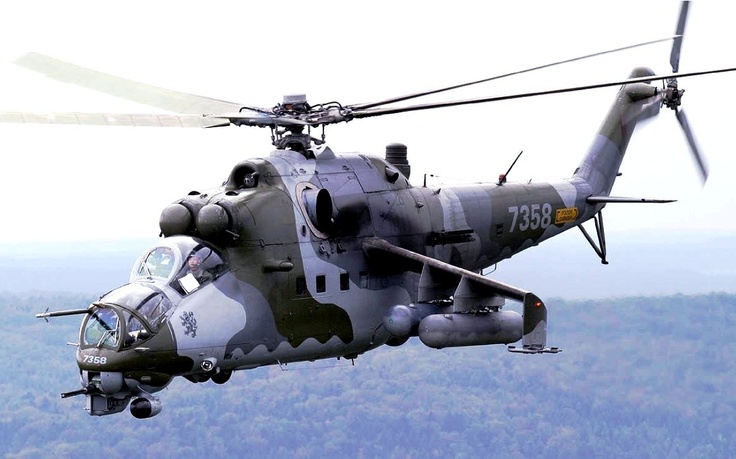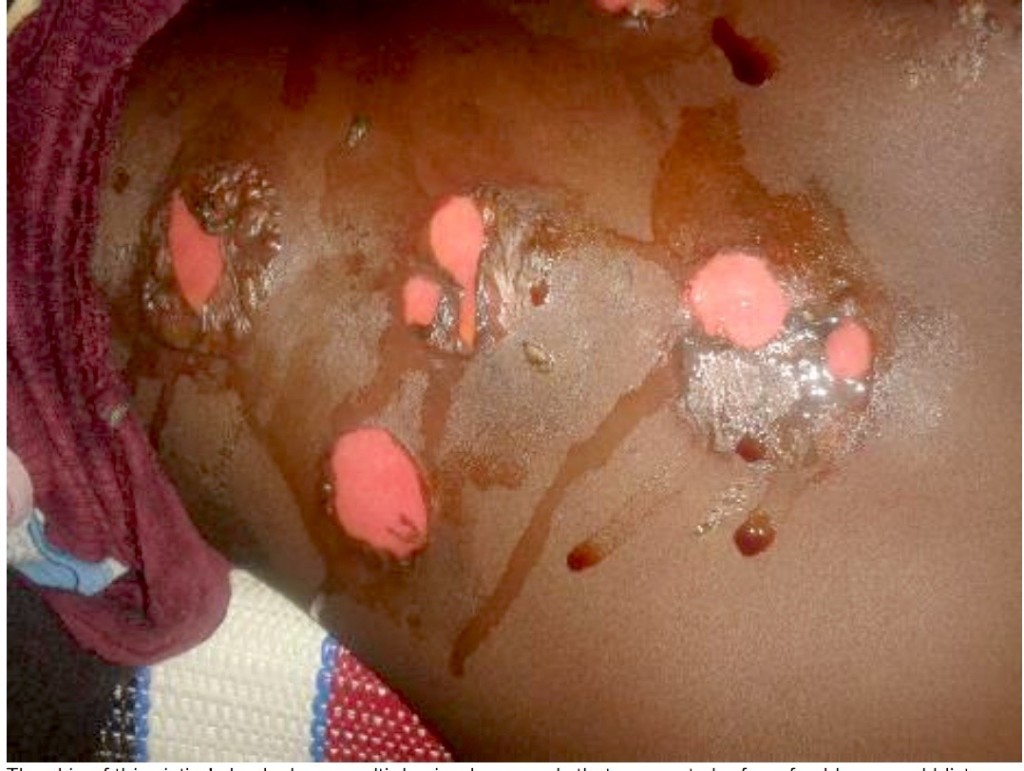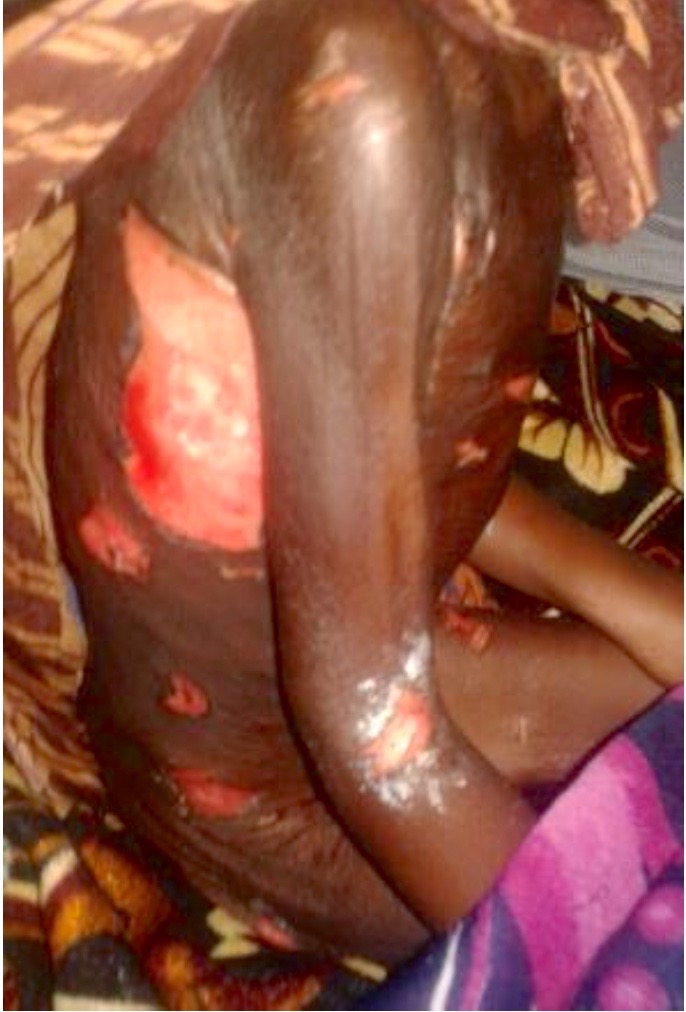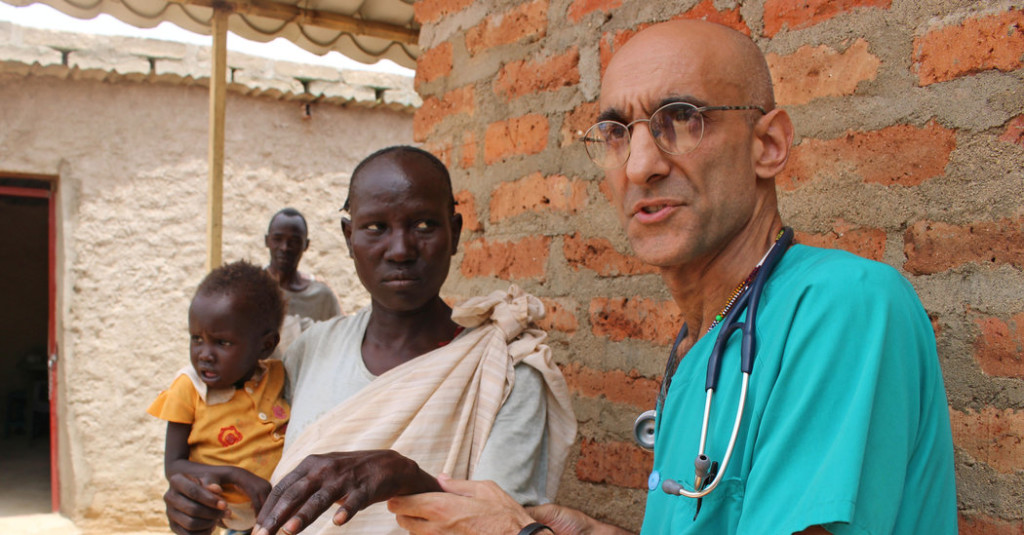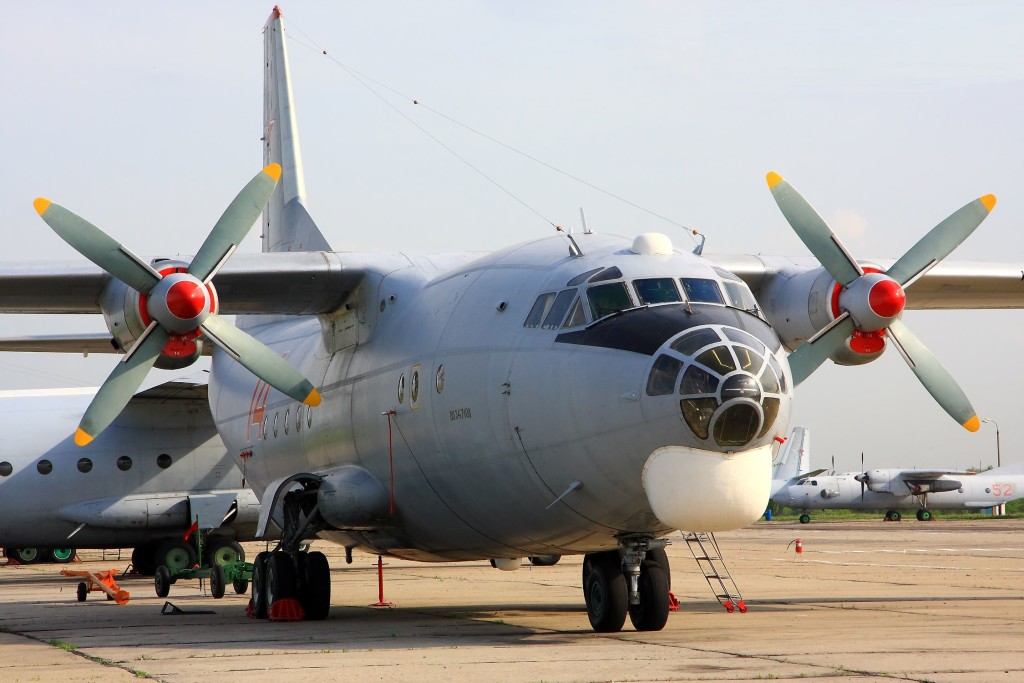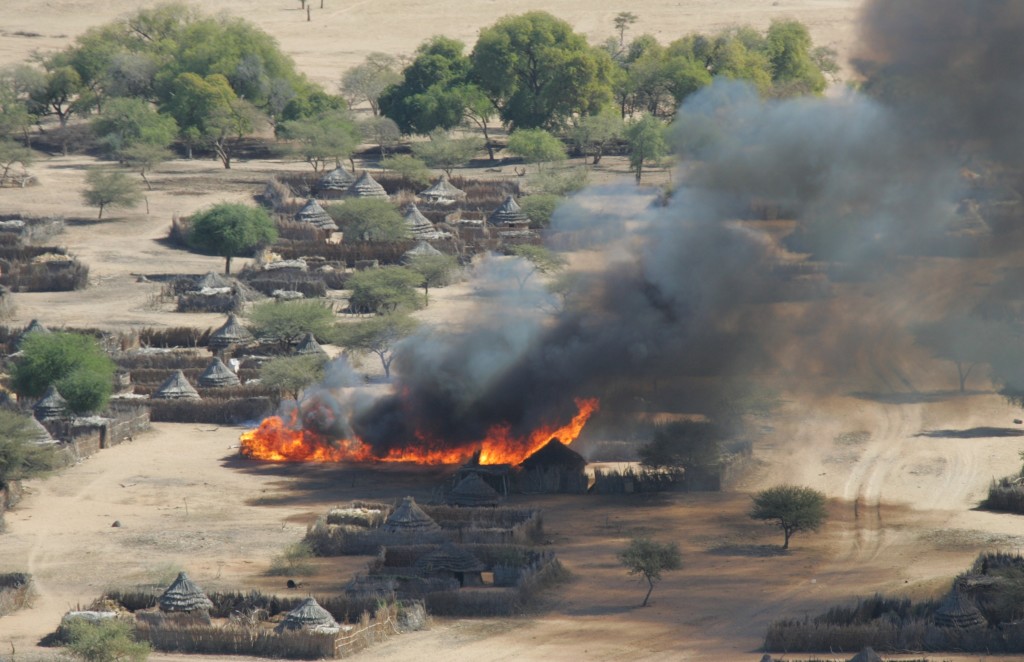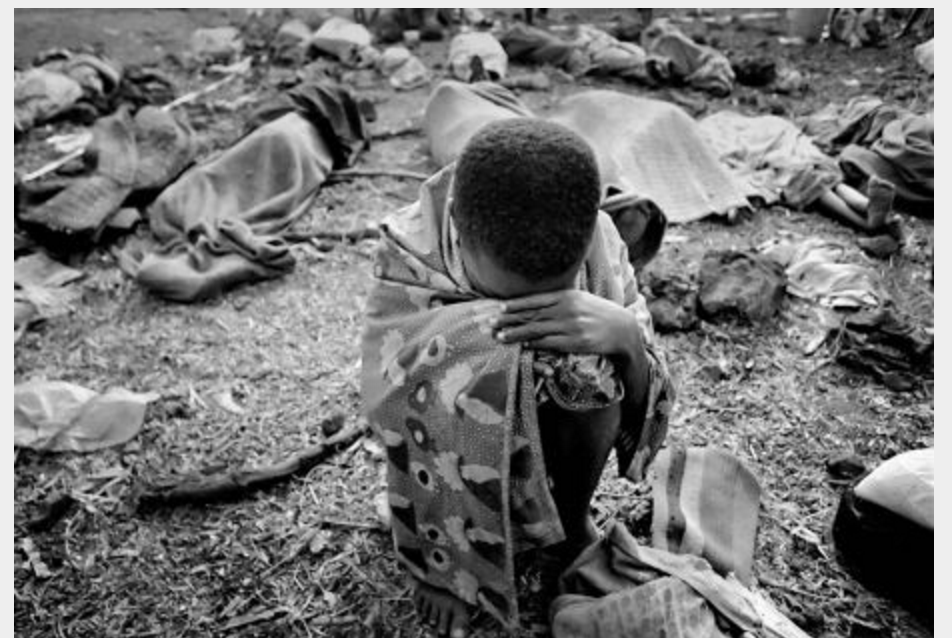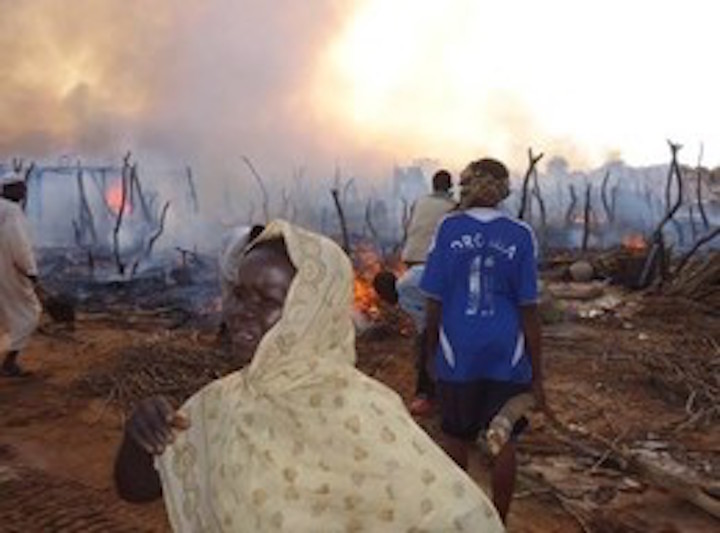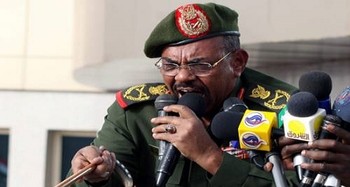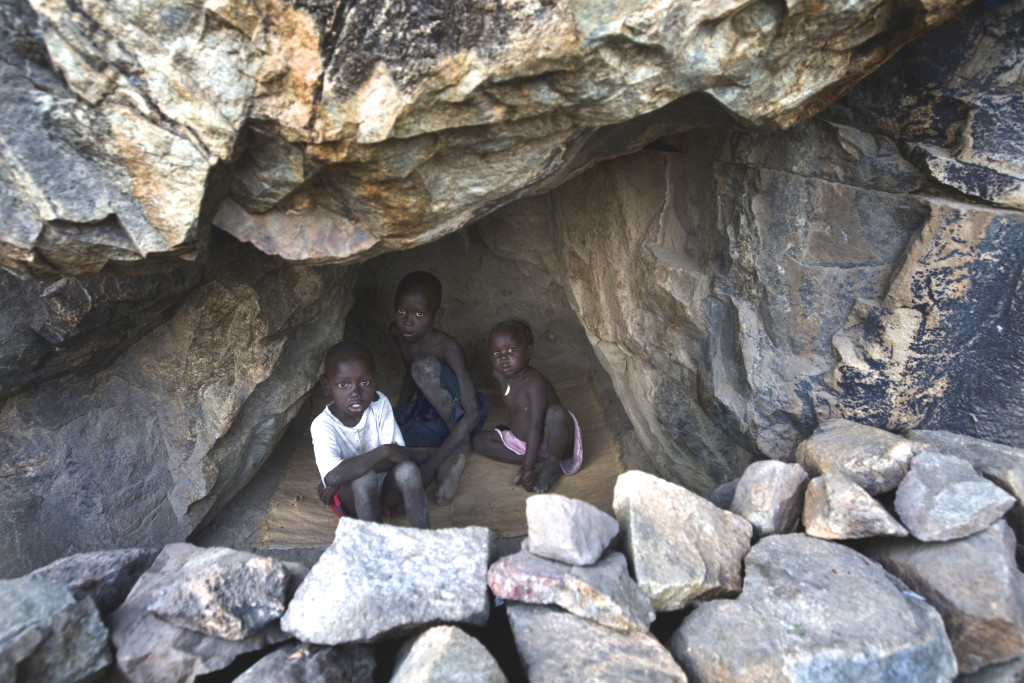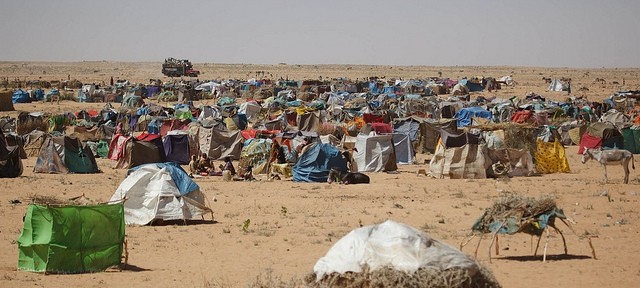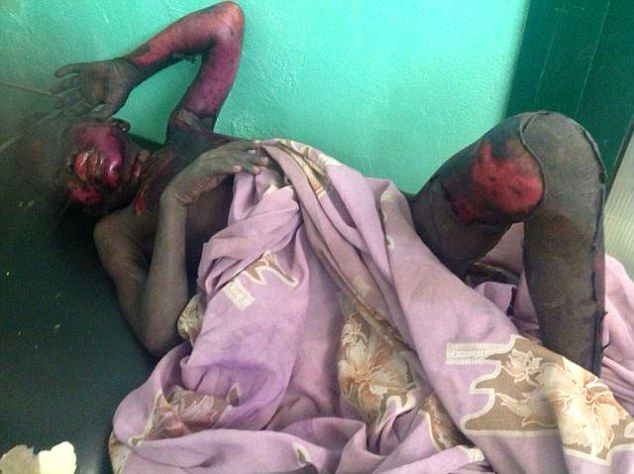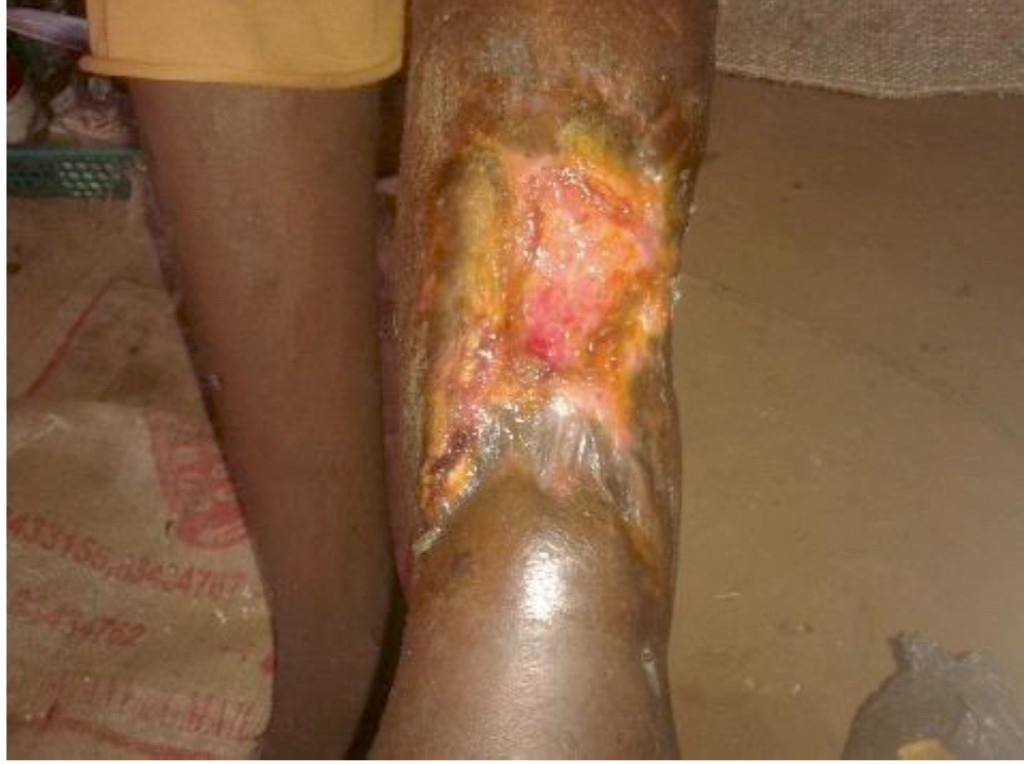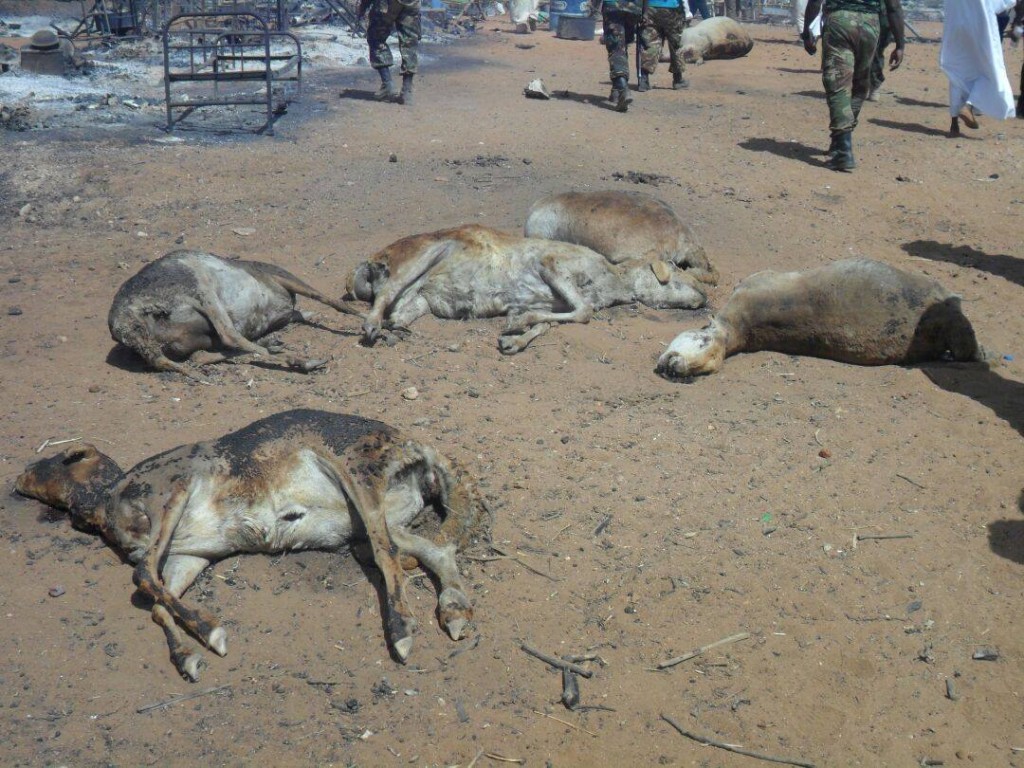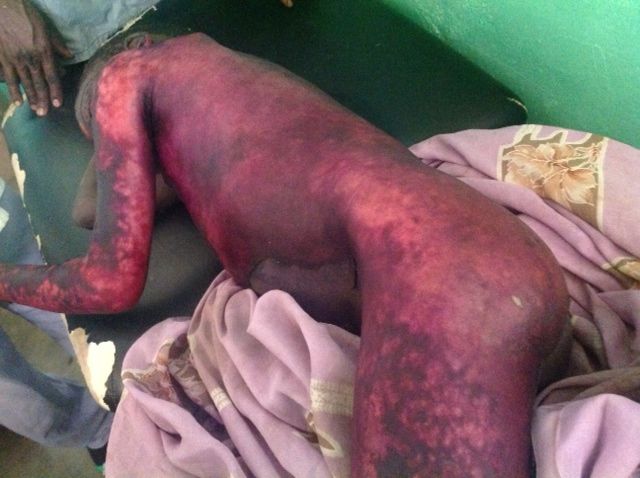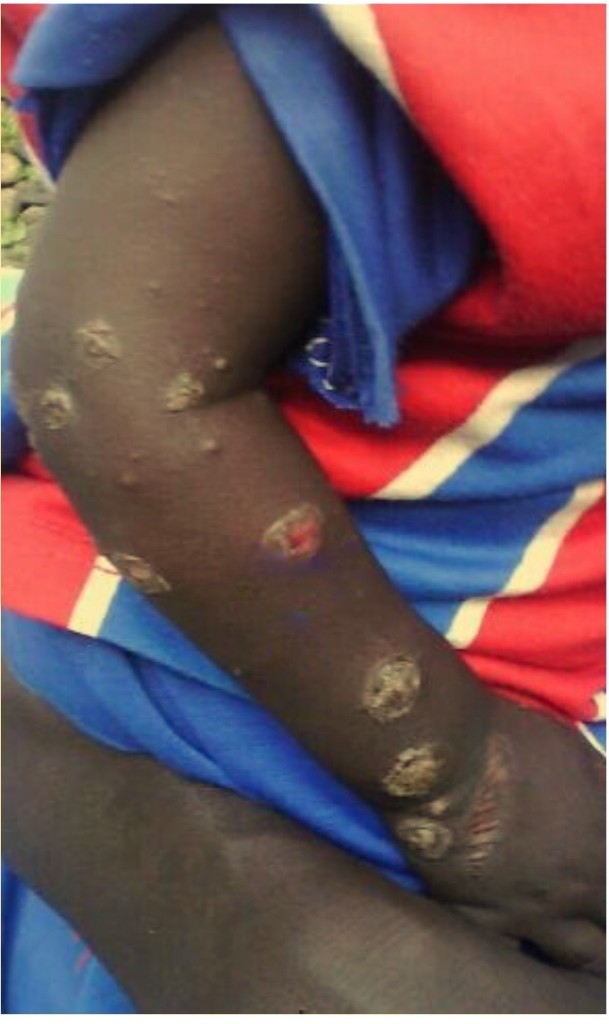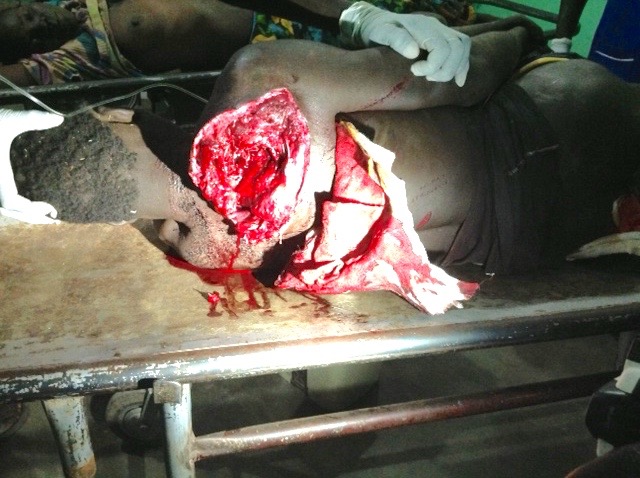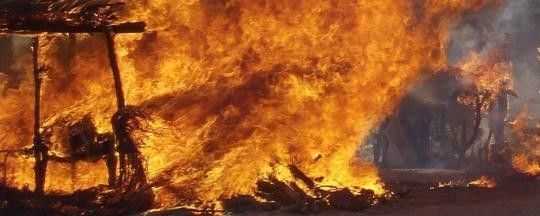Imagery of human destruction in Sudan from aerial bombardment by the Khartoum regime
Eric Reeves | November 11, 2016 | http://wp.me/p45rOG-1Ya
It would be difficult if not impossible to overstate the contempt Khartoum has for nominal bans on its aerial attacks on civilians. Whether in Darfur—where every such attack violates UN Security Council Resolution 1591 (March 2005)—or in the Nuba Mountains of South Kordofan, or Blue Nile State. International humanitarian and human rights law are simply fantastic jokes for the men who rule in Khartoum. Mendacity is standard fare in responding to international criticism. Perhaps, just perhaps, the most striking example of contempt and mendacity was reported by Radio Dabanga from New York on February 15, 2013:
Sudan’s Ambassador to the UN, Daffa-Alla Elhag Ali Osman, said his country intends to cooperate with the UN Panel of Experts on Darfur, charged with monitoring compliance with resolution 1591], but denied it carries out air strikes in Darfur. He claimed Sudan uses its air capacities only for peaceful purposes.
In the main part of my report (“‘They Bombed Everything that Moved: Aerial military attacks on civilians and humanitarians in Sudan, 1999 – 2011” | http://sudanreeves.org/2016/11/10/7566/), I have chosen not to include more than a few of the examples of the consequences of aerial bombardment of civilians by the regime Daffa-Alla Elhag Ali Osman represents. It is difficult to read with concentration when anticipating the photographic sight of a brutalized child or indeed any human being ripped apart by shrapnel, dropped indiscriminately in barrel bombs by a retrofitted cargo plane flying at 15,000 feet or more. Such a “delivery system” has no possible militarily useful accuracy. Those maimed and killed are civilians, and this fact is well known to Daffa-Alla Elhag Ali Osman and the génocidaires he worked for. Civilians are the targets.
I have decided to group a representative collection of photographs of these “targets,” many sent to me Dr. Tom Catena, the only surgeon operating in the Nuba Mountains of South Kordofan and confronting a steady stream of patients who are victims of Khartoum’s “peaceful purposes” with its air force. Other photographs come from a recent report by Amnesty International on aerial attacks that included the use of chemical weapons in Darfur (the use of chemical weapons by military aircraft has been reported since 2004 in Darfur (see Excel data spreadsheet for (“‘They Bombed Everything that Moved: Aerial military attacks on civilians and humanitarians in Sudan, 1999 – 2011” | http://sudanreeves.org/2016/11/10/7566/). Other photographs come from a range of sources, some necessarily anonymous.
What makes such carnage possible on a continuing basis, going back over 20 years?
International moral cowardice, hypocrisy, disingenuousness, and callousness—the proportions of each vary from country to country. But no country, no organization—including the UN and the African Union—has had the courage to challenge and condemn aerial attacks on civilians by Khartoum with remotely appropriate force, determination, and threat of consequences. The results of this vast international failure may be seen below. I must warn, however, that these photographs are simply soul-destroying in the cruelty and barbarism they reflect—and the indifference their continuation represents.
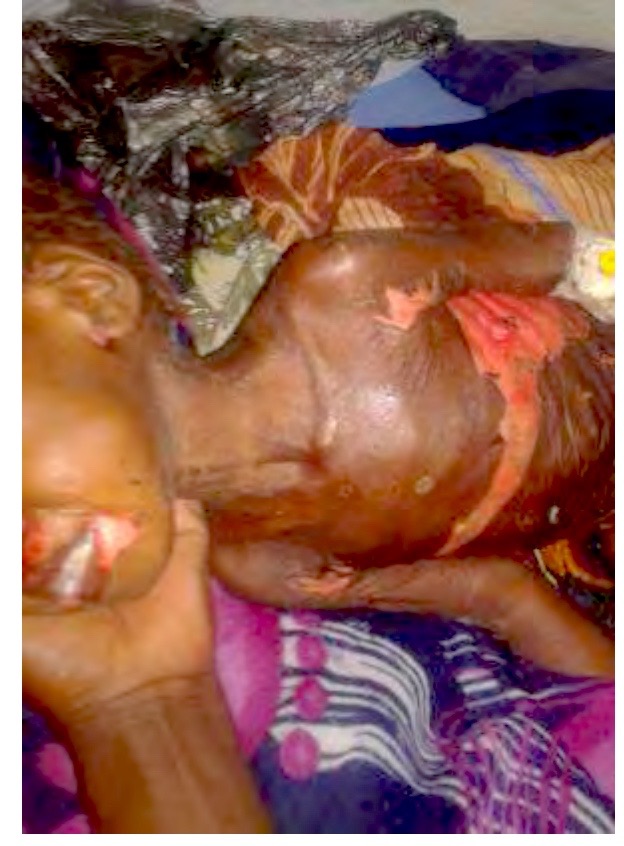 Photographs of infants suffering from the effects of chemical weapons dropped by Khartoum’s military aircraft; from Amnesty International, “Scorched Earth, Poisoned Air: Sudanese Government Forces Ravage Jebel Marra, Darfur,” September 29, 2016
Photographs of infants suffering from the effects of chemical weapons dropped by Khartoum’s military aircraft; from Amnesty International, “Scorched Earth, Poisoned Air: Sudanese Government Forces Ravage Jebel Marra, Darfur,” September 29, 2016
Countless civilians have been attacked by helicopter gunships, deployed against targets that have include World Food Program feeding stations (see account of attack on Bieh [Unity State, South Sudan], February 2002). Helicopter gunships have been central in the campaigns of village destruction in Darfur.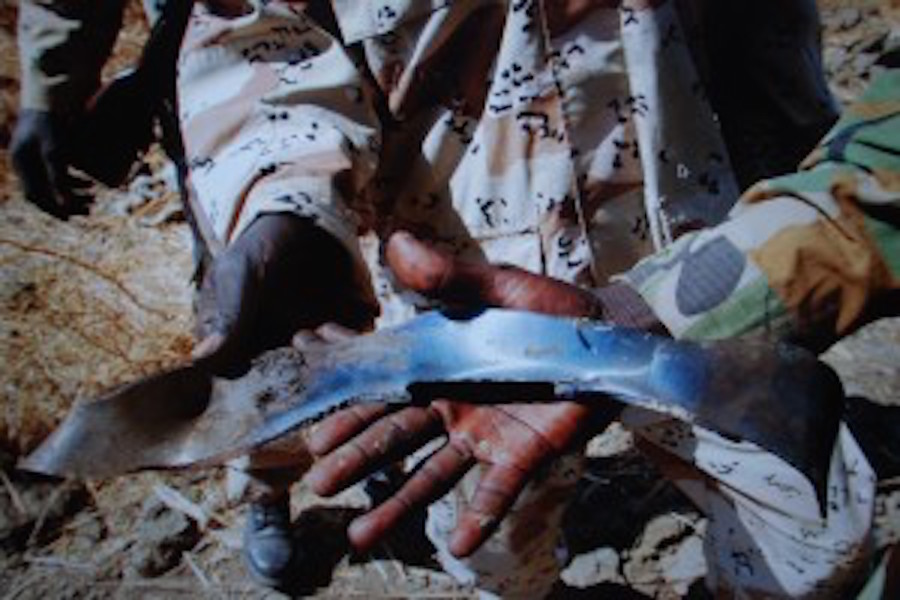
A piece of shrapnel from a barrel bomb dropped by an Antonov; such a large piece of shrapnel can easily cut an entire human body in half.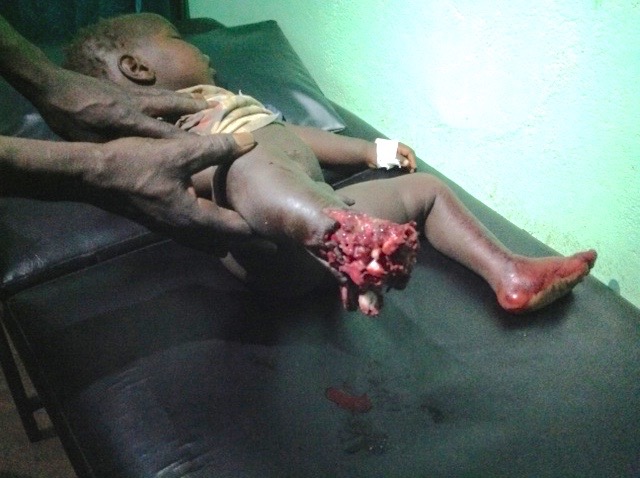
Age is no protection from Khartoum’s savagery. Even a small piece of shrapnel can inflict such a wound on a small leg. Photograph by Tom Catena, Mother of Mercy Hospital, near Kauda, Nuba Mountains
Another victim of chemical weapons, delivered by air in Darfur (Amnesty International)
Unsurprisingly, Khartoum has allowed no investigation into these horrific wounds and the consequences of chemical weapons—and the world does not press, not even the Organization for the Prohibition of Chemical Weapons (OPCW) (Photograph by Amnesty International)
Dr. Tom Catena bears daily courageous witness, as the only surgeon in the Nuba Mountains, to what Khartoum is doing to innocent children, women, the elderly and the infirm, and anyone who cannot seek shelter when the Antonovs come.
Villages throughout Darfur, South Kordofan, and Blue Nile have been annihilated by attacks that include not only Antonovs (here the Antonov-26) but helicopter gunships. Many thousands of villages have been wholly or partially destroyed, though no accurate census is possible, since Khartoum does not give access to human rights investigators.
This photograph of a village in the process of being destroyed was taken in Darfur by former American Marine and military observer Brian Steidle (late 2004).
For many, the destruction of their village means the permanent end of anything remotely like a normal life.
A destroyed village near Kutum, North Darfur—ground zero for Khartoum’s present military offensive. Ground troops and military aircraft work in concert, as in the earlier years of the Darfur genocide. The confusion and pain of loss on the part of civilians are simply unfathomable.
President Omar al-Bashir, the man indicted by the International Criminal Court for massive war crimes, crimes against humanity, and multiple counts of genocide for his role as ultimate military commander of the assault on the non-Arab/African people of Darfur.
In the Nuba Mountains, people are forced to abandon their lands and farms and live in caves to protect themselves from Antonov attacks, which are constant—and meant to destroy the agricultural economy of the region.
In Darfur, aerial attacks often produce rapid and chaotic human displacement—and have done so for more than 13 years.
Shrapnel wounds are often excruciatingly painful. (Photograph by Dr. Tom Catena)
Former Obama administration special envoy for Sudan Princeton Lyman, speaking about working to change the current regime in Khartoum, led by indicted génocidaire Omar al-Bashir: “Frankly, we do not want to see the ouster of the [Sudanese] regime, nor regime change. We want to see the regime carrying out reform via constitutional democratic measures” (December 2011). The disingenuousness of this statement remains staggering, and ensure that the men in Khartoum can continue to bomb civilians with impunity.
The regime that Lyman is speaking about order the use of chemical weapons against this person and a great many others in the Jebel Marra offensive of 2016. Does he really believe that a regime capable of such savagery can “carry out reform via constitutional democratic measures”? (Photograph by Amnesty International)
Livestock are especially vulnerable to the shock of aerial bombardment.
The men who order bombings that create such intense human pain among children are morally unfathomable. (Photograph by Tom Catena)
More photographic evidence of chemical weapons use in Jebel Marra (photography from Amnesty International)
(Photograph my Dr. Tom Catena)
 Regime Vice President Hassabo Mohammed Abdel Rahman. In the Human Rights Watch report “Men With No Mercy”: Rapid Support Forces Attacks against Civilians in Darfur, Sudan” (September 9, 2015) a defecting militiaman quotes Hassabo in preparing military forces for the renewed assault on East Jebel Marra, North Darfur: “Hassabo told us to clear the area east of Jebel Marra. To kill any male. He said we want to clear the area of insects… He said East Jebel Marra is the kingdom of the rebels. We don’t want anyone there to be alive.”
Regime Vice President Hassabo Mohammed Abdel Rahman. In the Human Rights Watch report “Men With No Mercy”: Rapid Support Forces Attacks against Civilians in Darfur, Sudan” (September 9, 2015) a defecting militiaman quotes Hassabo in preparing military forces for the renewed assault on East Jebel Marra, North Darfur: “Hassabo told us to clear the area east of Jebel Marra. To kill any male. He said we want to clear the area of insects… He said East Jebel Marra is the kingdom of the rebels. We don’t want anyone there to be alive.”
This is, and has long been, genocide.
.
.
